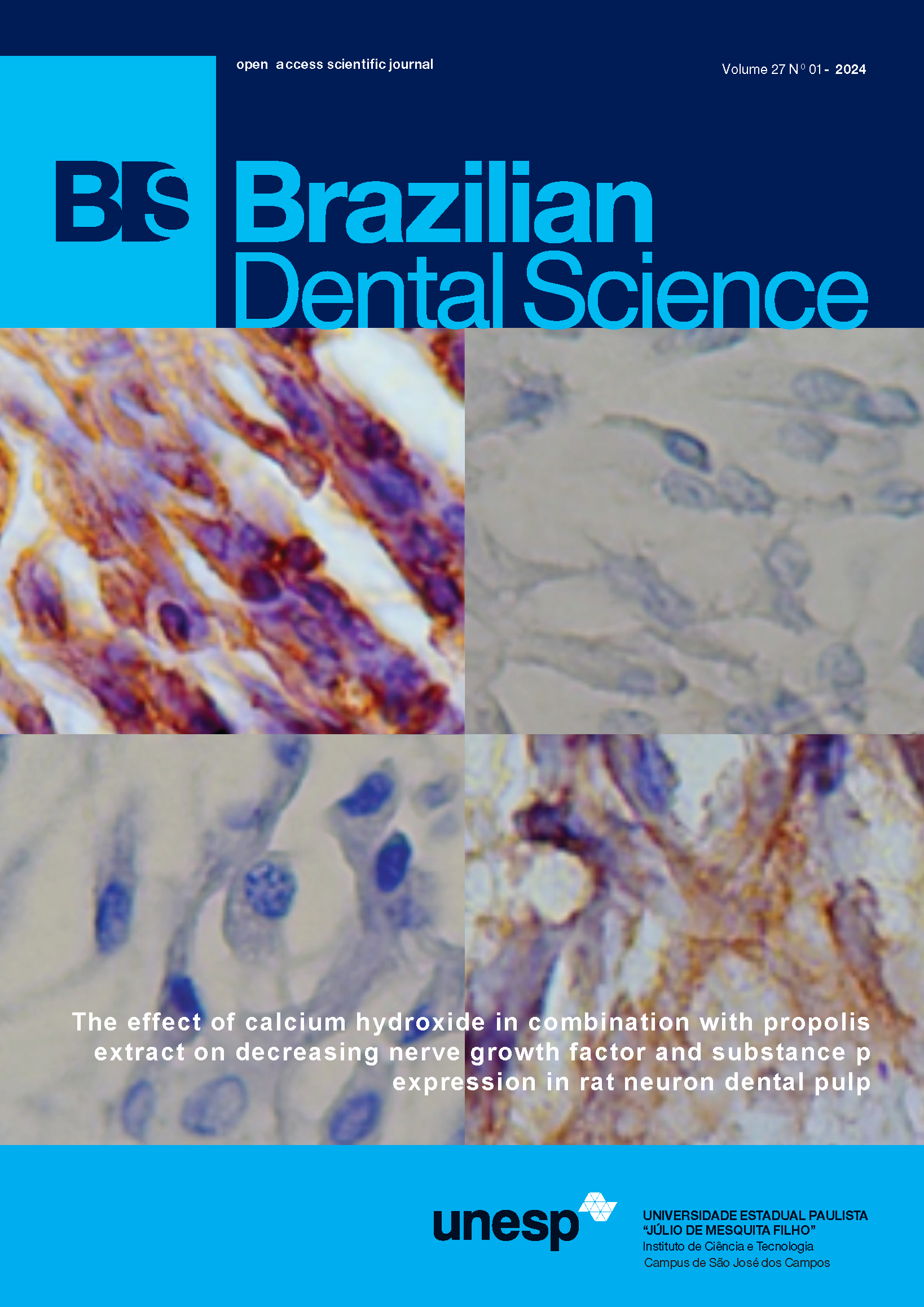Correlation between bizygomatic and maxillary central incisor width for gender identification
DOI:
https://doi.org/10.14295/bds.2019.v22i4.1775Abstract
Objective: The aim of the present study is to analyze and evaluate the applicability of bizygomatic and maxillary central incisor width in identifying the sex of an individual for anthropological studies. Material and Methods: The study was conducted on 100 individuals in a private dental institution. The width of the central incisor was measured by requesting the subject to bite onto a sheet of modelling wax. The bizygomatic width was calculated with the help of a divider by taking the most prominent area of the zygomatic arch as the reference point bilaterally. Berry’s formula was used to calculate the width of the maxillary central incisor from the bizygomatic width. Berry’s Formula “Width of the maxillary central incisor = Bizygomatic width / 16.” The data obtained was tabulated and analyzed statistically. Results: The results in our study indicated that the widths of both maxillary central incisors and the bizygomatic width were found to be higher in males when compared to females with a positive strong correlation. Conclusion: The Berry’s index can be used for identifying the gender and can also be used for facial reconstruction.
Keywords
Berry’s index; Bite mark; Bizygomatic width; Central
Incisor; Gender identification.




